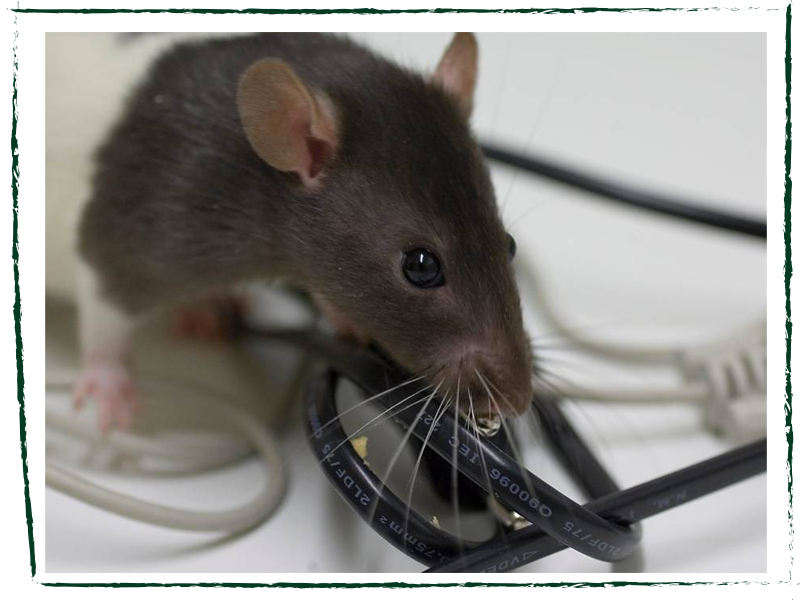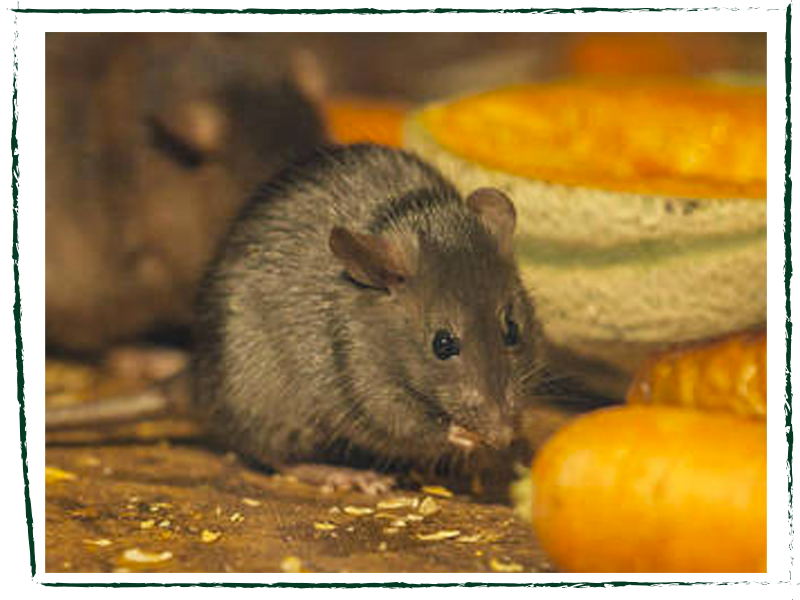Why eradicate rats?
There are many reasons to eradicate rats from our beautiful island.
Rats and particularly ship rats are destructive to our native flora and fauna. Through predation and competition for food sources, they are responsible for the extinction of many native species unique to New Zealand and the reduction of many others to levels where they can only exist on predator-free islands such as Motuihe and Te Hauturu-o-toi (Little Barrier Island).
Save our wildlife.
47,000 native birds are killed by rats in New Zealand every day.
(Dr John Innes, Landcare Research)
Rats consume many animals including small mammals, birds, lizards, and fish. Ship rats are good climbers and therefore attack tree-dwelling birds e.g. kererū, pīwakawaka, and tūī. They also enjoy seafood snacks and are known predators of crabs and other coastal food sources which they take out of rock pools at low tide
Norway rats attack birds that nest in holes or on the ground e.g. dotterels, kororā (little blue penguin), and ōi (grey-faced petrel). They are strong and tenacious and will take eggs, chicks, and adults.
Prevent costly property damage
Rats can be destructive to property as they gnaw on plastic and wood, leaving holes in walls, floorboards, electric cables or water pipes! Often teeth marks can be seen in objects that rats have chewed on. Rats often nest beneath building foundations, in woodpiles, in dense vegetation, and inside walls, ceilings, and cabinets. They can enter homes through a 20 mm-sized hole or crack in the foundation or walls. Winter is when rats are most likely to try and come inside when natural food supplies are at their lowest and the weather is cold and often wet.
Keep crops and food safe
Rats will eat a wide range of garden vegetables, including sweet corn cobs, pumpkins, and various root vegetables. They will eat the crops while they are growing and in storage. They also eat fruits in storage as well as fresh on trees such as apples, and seeds. Although both species are omnivorous (eating plant and animal matter), ship rats tend to eat more green matter than Norway rats. Compost piles are a favourite site for rats as they are warm in winter and contain a lot of food without having to go far from home. You will often find holes and tunnels in mulch piles where rats have made their home for the winter.
Rats can make you sick
It is possible for rats to transmit diseases to people. They can transmit diseases if they bite or scratch people and also by leaving their droppings and urine around the home. People can also get sick when rats contaminate their food or run across countertops where food is later prepared. Some of the most common diseases transmitted to people by rats include:
Leptospirosis is a blood infection that can be transmitted from rat urine to humans. Signs and symptoms can range from none to mild (headaches, muscle pains, and fevers) to severe (bleeding in the lungs or meningitis).
Salmonellosis – if you consume food or water that has been contaminated by rat faeces you can get diarrhoea, fever and abdominal cramps.
Dysentery – a gastrointestinal disorder that causes abdominal pain and cramps.
Lymphocytic choriomeningitis (LCMV) – a viral infectious disease that is transmitted through the urine and saliva of rats, causing fever, malaise, lack of appetite, muscle aches, headache, nausea, and vomiting.
Mycoplasma – a type of bacteria known to cause respiratory problems and pneumonia.
Prevent an infestation
Rats breed quickly, so addressing rat signs before an infestation occurs is important. A female rat typically births six litters a year consisting of up to 12 rat pups, although 5-10 pups are more common. Rats reach sexual maturity after nine weeks, meaning that a population can swell from two rats to thousands in one year, with the potential to grow exponentially.







